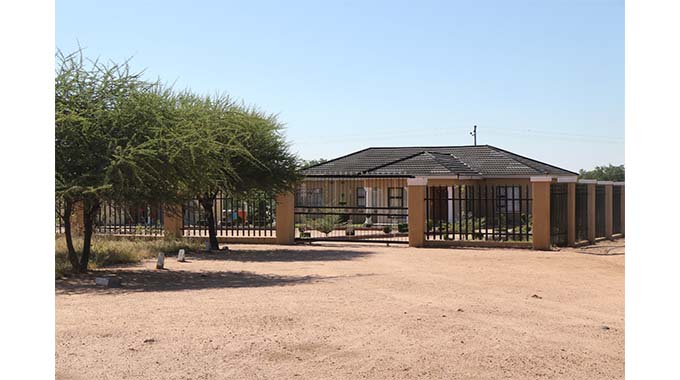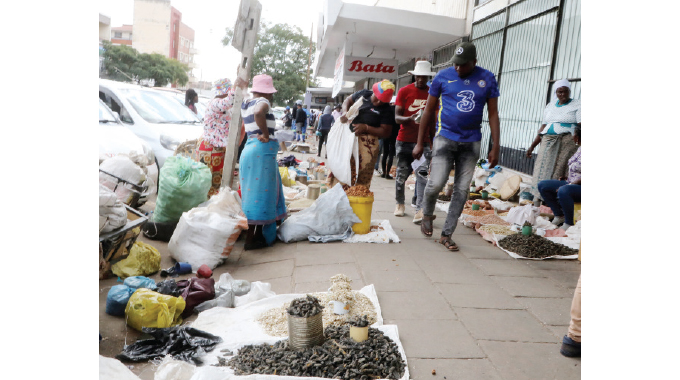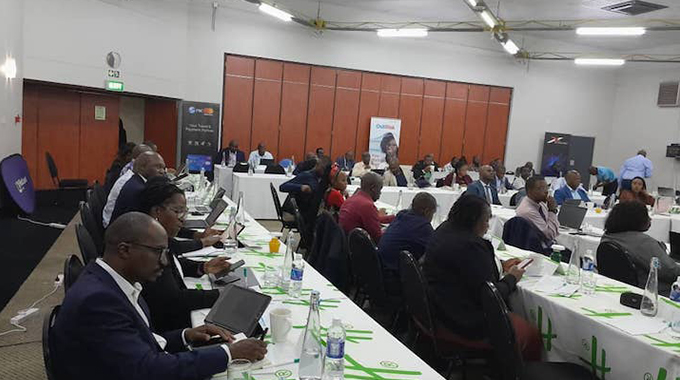The curse of owning a mansion in rural Kezi

Raymond Jaravaza – [email protected]
NESTLED deep in rural St Joseph in Kezi, Matabeleland South Province, is a mansion that one can barely miss when driving along the dusty road leading to the area’s shopping centre.
Equipped with the latest security features that will leave homeowners in affluent Bulawayo suburbs green with envy, the mansion makes a bold statement about its owners and the new craze of building “little paradises” in rural areas.
The sparsely populated area in St Joseph means homestead owners enjoy significant tracks of land to build structures that quench their financial and architectural thirst.

And the homeowners of the imposing house that stands out among simple homes made of thatched huts and modern brick and mortar houses indeed delivered a huge statement of intent with their breathtaking mansion.
Getting to the area in St Joseph from Bulawayo, one is quickly struck by the realisation that the name Joshua Mqabuko Nyongolo Nkomo is forever epitomised in Kezi.
A primary school and few other amenities bear the name of the late nationalist, Vice-President and the larger-than-life icon aptly known as Father Zimbabwe.

Even a local cemetery where some of the late Dr Nkomo’s relatives are buried is simply referred to as “Emangcwabeni akoNkomo” — The Nkomo Cemetery.
Impressive as the mansion might be, the homeowners find it hard to understand what the fuss is all about.
“I don’t see anything special about our home but now that you (Saturday Chronicle news crew) are here I might as well give you a bit of background about our family.
“My husband is a mechanic in South Africa and I run a clothing shop here at this shopping centre where my father has been operating businesses for years.
“We started building the house a few years ago and the fact that it’s in the rural areas is exactly what we wanted because this is where we want to raise our family,” said the homeowner, Nokuthula Moyo.
In fact, she says, together with her husband Thulani Ndlovu, they sold their house in a high density suburb in Bulawayo and channelled the funds to building their dream home in the rural areas.
The home boasts of a huge main house with four bedrooms, an en-suite main bedroom, separate toilets, living and dining spaces and kitchen.
A cottage sits a few metres to the left of the main house and two water tanks powered by solar feed the vast home with water.

A perimeter fence made of palisades and a sliding gate gives the young family a sense of security against intruders.
What inspired the architectural layout of the home?
“My husband saw a home in South Africa whose design he really liked so that is where the inspiration for our own home came from.
“We are still doing touch-ups to the house, especially the interior and if I had met you at the house when you drove past it, I would have shown you the inside.
“There is no furniture in the house yet so my family lives here at the back of our shop until we are ready to move into the big house,” added Moyo.

The couple is blessed with three children and has been married for over 15 years.
The rumour mill has given a number of reasons why the family has not moved into the mansion yet and prefer living at the back of their shop, rumours which Moyo’s father, Noel, says are spread by people with nothing better to do with their time.
“People will always talk, my daughter and her husband are a hard-working couple who started from scratch to be where they are today.
“Before you got here, my daughter was about 50 kilometres from here buying amacimbi from villagers for resale. That’s how hard working she is.

“Her husband is a mechanic in South Africa and everything they have is through hard work,” said the local businessman known to many as Black Bull.
A new craze of building modern houses and transforming rural areas has been around for a couple of years now, driven by people working in the diaspora.
From Plumtree, Kezi, Maphisa, Tsholotsho and Lower Gweru, spacious modern houses steal the limelight in rural areas as villages are transformed by the imposing structures.












Comments